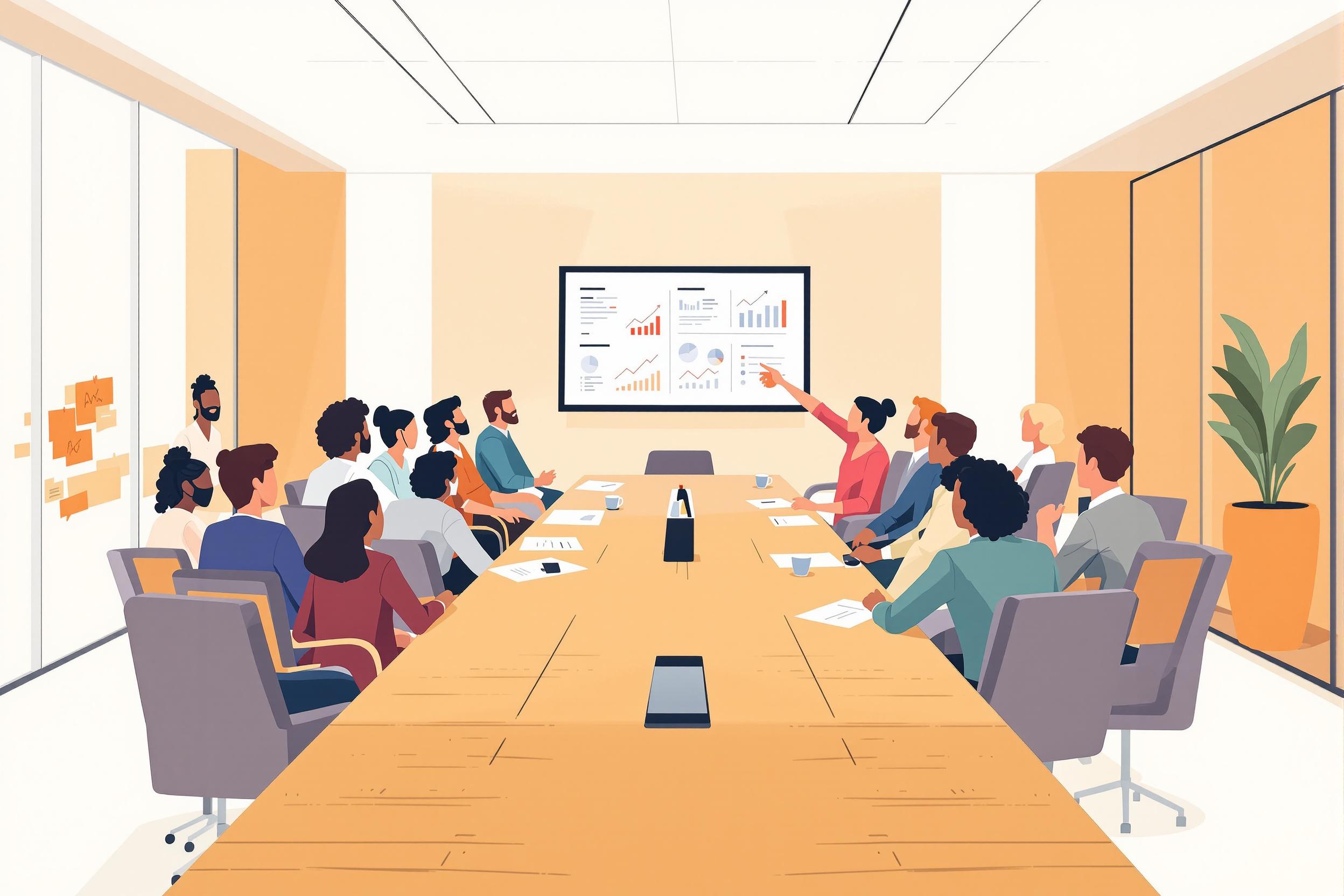
Collective Impact
Collective Impact is an approach to solving large-scale social problems where different organizations work together in a structured way. Think of it like multiple community groups, businesses, and government agencies joining forces with a shared plan instead of working separately. This method became popular after 2011 and is often used in community projects tackling issues like education, poverty, health, or environmental challenges. It's different from regular partnerships because it requires specific elements like shared measurement systems and constant communication between all parties involved.
Examples in Resumes
Led Collective Impact initiative reducing local youth unemployment by 20% through coordination of 15 partner organizations
Managed communications and data tracking for citywide Collective Impact approach to homeless services
Facilitated monthly Collective Impact meetings with 25+ stakeholders to improve educational outcomes
Typical job title: "Collective Impact Coordinators"
Also try searching for:
Where to Find Collective Impact Coordinators
Professional Networks
Learning Resources
Job Boards
Example Interview Questions
Senior Level Questions
Q: Can you describe a time when you had to manage a complex collective impact initiative with multiple stakeholders who had conflicting priorities?
Expected Answer: Look for answers that demonstrate experience in conflict resolution, stakeholder management, and ability to find common ground. They should explain how they kept diverse groups aligned with the shared goal while respecting individual organization needs.
Q: How would you establish a shared measurement system across multiple organizations?
Expected Answer: Should discuss experience with data collection methods, creating agreed-upon success metrics, and making sure all partners can effectively track and report progress in a consistent way.
Mid Level Questions
Q: What strategies would you use to maintain engagement among partner organizations over a long-term project?
Expected Answer: Should mention regular communication methods, celebrating small wins, showing value to each partner, and ways to keep momentum going when progress is slow.
Q: How do you handle data sharing and reporting among multiple organizations?
Expected Answer: Should discuss experience with collaborative reporting tools, maintaining confidentiality, and making data accessible and meaningful to different audience types.
Junior Level Questions
Q: What are the five key elements of collective impact?
Expected Answer: Should be able to list and briefly explain: common agenda, shared measurement systems, mutually reinforcing activities, continuous communication, and backbone support.
Q: How would you organize and facilitate a successful multi-stakeholder meeting?
Expected Answer: Should discuss meeting preparation, agenda setting, ensuring all voices are heard, and following up with clear action items.
Experience Level Indicators
Junior (0-2 years)
- Meeting coordination and facilitation
- Basic project management
- Stakeholder communication
- Data collection and basic reporting
Mid (2-5 years)
- Partner relationship management
- Program evaluation
- Grant writing and management
- Community engagement strategies
Senior (5+ years)
- Strategic planning and implementation
- Large-scale project management
- Cross-sector partnership building
- Change management
Red Flags to Watch For
- No experience working with diverse stakeholder groups
- Poor communication or facilitation skills
- Lack of experience with collaborative decision-making
- Unable to explain how to measure community impact
- No understanding of community engagement principles
Related Terms
Need more hiring wisdom? Check these out...

How Collaborative Goal Setting Transforms Team Culture

When Your Team Sells You Better Than Marketing Ever Could: The Power of Employee Advocacy

Breaking the Mold: The Unseen Power of Building a Diverse Leadership Team

